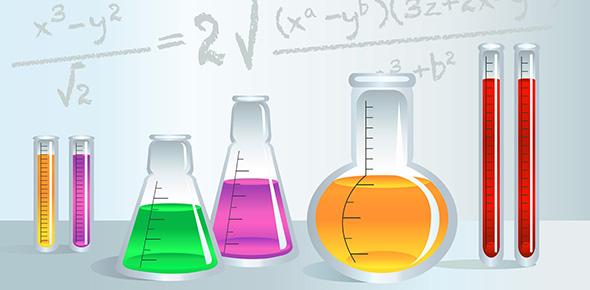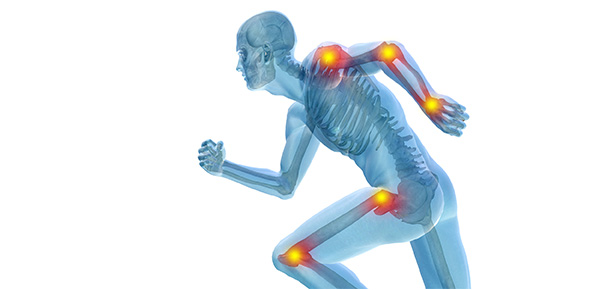Related Flashcards
Related Topics
Cards In This Set
| Front | Back |
|
Neurons
|
Nerve cells, which are the nervous system's basic units
|
|
Myelination
|
The process by which the axon portion of the neuron becomes covered and insulated with a layer of fat cells, which increases the speed and efficiency of information processing in the nervous system
|
|
Synapses
|
Gaps between neurons, where connections between the axon and dendrites occur
|
|
Corpus callosum
|
A large bundle of axon fibers that connect the brain's left and right hemispheres
|
|
Prefrontal cortex
|
The highest level of the brain's frontal lobes that is involved in reasoning, decision making and self control.
|
|
Amygdala
|
A portion of the brain's limbic system that is the seat of emotions such as anger.
|
|
Schema
|
A mental concept or framework that is used in organizing and interpreting information
|
|
Assimilation
|
New information into existing knowledge
|
|
Accommodation
|
Adjustment of a schema due to new information
|
|
Equilibration
|
In piagets theory, explains how individuals shift from one state of thought to the next... once the conflict is solved equilibration is met
|
|
Sensorimotor stage
|
Birth-2 years, coordinating sensory experiences with physical actions
|
|
Preoperational stage
|
2-7 years, children begin to represent their world with words, images and drawings
|
|
Concrete operational stage
|
7-11 years, children can preform operations. logical reasoning replaces intuitive thought as long as reasoning can be applied to concrete examples
|
|
Formal operational stage
|
11-15 years, abstract, idealistic, logical thought
|
|
Hypothetical deductive reasoning
|
Piaget, childs ability, in formal operation stage, to develop hypotheses, then systematically come to a conclusion
|






